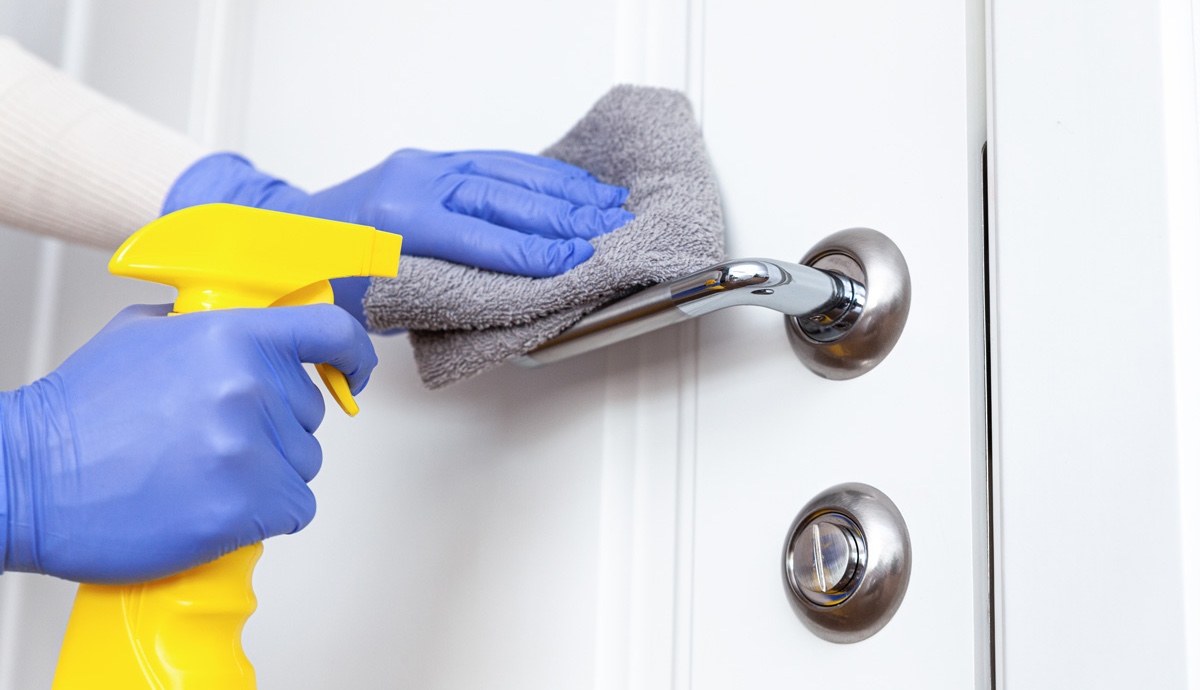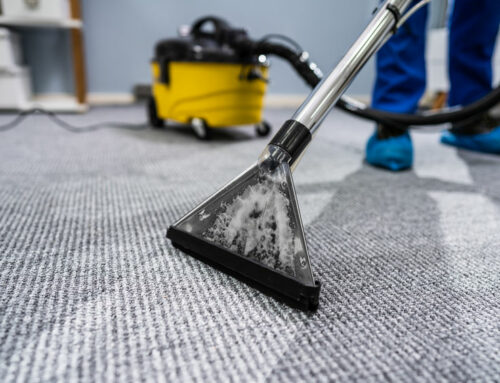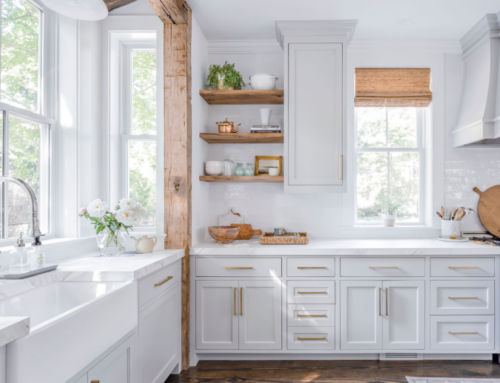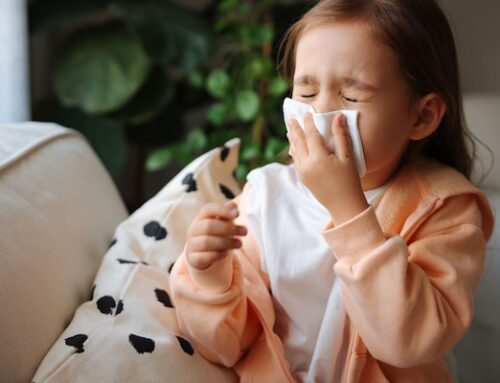Keeping your home clean is not just about aesthetics; it’s also crucial for maintaining a healthy and hygienic living environment. While regular cleaning routines may cover the basics, there are often overlooked areas that accumulate dirt, dust, and grime over time.
At Mill City Cleaning, we understand the importance of thorough cleaning, which is why we pay close attention to every detail in our professional home cleaning services. In this blog post, we’ll highlight the top 10 areas commonly missed during home cleaning and provide tips on how to address them effectively.
Top 10 Overlooked Areas in Home Cleaning
1. Ceiling Fans and Light Fixtures
Ceiling fans and light fixtures are often out of sight, and out of mind when it comes to cleaning. However, they can accumulate dust and dirt over time, especially if not cleaned regularly. Dusty ceiling fans can spread allergens and irritants throughout the air when in use, affecting indoor air quality.
To clean ceiling fans and light fixtures, start by turning off the power to the fixtures and using a damp cloth or vacuum with a soft brush attachment to remove dust and dirt. Be sure to clean both the fan blades and the light fixtures themselves for a thorough clean.
3. Window Tracks
Window tracks are often neglected during routine cleaning but can harbor dirt, dust, and even mold if left unchecked. Over time, debris can accumulate in the tracks, hindering the smooth operation of windows and creating an unsightly appearance.
To clean window tracks effectively, start by vacuuming out any loose debris using a crevice tool attachment. Then, use a mixture of warm water and vinegar or a mild detergent to scrub the tracks thoroughly. A small brush or old toothbrush can help loosen stubborn dirt and grime. Finally, wipe the tracks dry with a clean cloth or paper towel to prevent mold growth.
4. Under Furniture
The space underneath furniture is often overlooked during cleaning routines, leading to a buildup of dust, pet hair, and other debris. While vacuuming the visible areas of your home is important, don’t forget to move furniture and clean underneath periodically. Use a vacuum with a crevice tool attachment to reach tight spaces and remove accumulated dirt and dust. For hardwood or tile floors, a microfiber mop or duster can be used to sweep away debris.
Regularly cleaning under furniture will not only improve indoor air quality but also prevent pests and allergens from taking up residence in your home.
5. Air Vents and Registers
Air vents and registers play a crucial role in your home’s heating, ventilation, and air conditioning (HVAC) system, but they can also become magnets for dust and allergens. Over time, dust buildup can restrict airflow and reduce the efficiency of your HVAC system.
To clean air vents and registers, start by removing the covers and soaking them in warm, soapy water. Use a vacuum with a brush attachment to remove dust and debris from the vents and ducts. For stubborn dirt or mold, a mixture of water and vinegar can be used to scrub the surfaces clean. Be sure to replace the covers once they are dry to prevent damage to your HVAC system.
6. Light Switches and Door Handles
Light switches and door handles are high-touch surfaces that can harbor germs and bacteria if not cleaned regularly. Despite their frequent use, these areas are often overlooked during cleaning routines. To clean light switches and door handles, use a disinfectant wipe or a mixture of water and rubbing alcohol to wipe down the surfaces thoroughly.
Pay special attention to the areas around the switches and handles where dirt and grime tend to accumulate. Regularly cleaning these surfaces can help prevent the spread of illness and keep your home safe and hygienic for your family.





